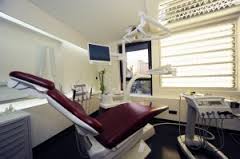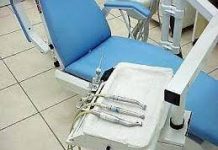Retainers for teeth.
It is a common practice to wear a teeth retainer after an orthodontic treatment or a surgery procedure; a teeth retainer looks like dental braces, but it is more comfortable than them and helps maintain teeth and jaw bones in the right position.
 Orthodontic retainer. Dental braces.
Orthodontic retainer. Dental braces.
Imperfections of the mouth, such as malocclusion, crooked teeth, misaligned jaws and many other conditions that can affect chewing, speaking, sleeping or that can cause overall health problems, must be correct with dental braces.
Dental braces are an orthodontic device that gently moves teeth and jaws by maintaining pressure on them until a proper position is reached.
After the end of the treatment, the teeth and the soft tissues around them, as the elastic fibres of the gums, can move again. Tissues have a sort of memory, that can make the teeth return to their original position. This process is called ‘orthodontic relapse’.
Other factors can cause teeth to move further, such as pressure from surrounding soft tissues, the occlusion and the continuing growth and development of the body.
A teeth retainer may be worn to counter a wrong teeth movement and allows to maintain the results achieved thanks to dental braces. Sometimes, teeth retainers are also used to treat minor orthodontic problems.
Plastic retainer.
Retainers can be made of plastic, metal or a combination of these two; they are customised, and every patient has his/her particular device.
There is two kind of teeth retainers, removable or fixed.
Removable retainers are usually worn full-time in the first period (from 3 months to 1 year), then only at night for a long time. Treatments vary a lot depending on each patient. Removable devices can be better because patients can remove them while eating, brushing teeth, or doing sports; anyway, they are not difficult to lose, especially for children.
It is vital to keep a removable retainer always clean, brushing it, using denture cleaning tablets or vinegar and water.
Teeth retainer. Models.
Fixed retainers usually consist of a thin metal wire applied on the inner surface of the teeth; these devices are almost invisible and usually very comfortable, but regular check-ups and a good tooth brushing are crucial.
Patients must check a fixed retainer and ensure it is correctly fixed to the teeth; it is important to clean between the teeth and the fixed retainer wire, and there are particular types of dental floss and brushes to do this.




